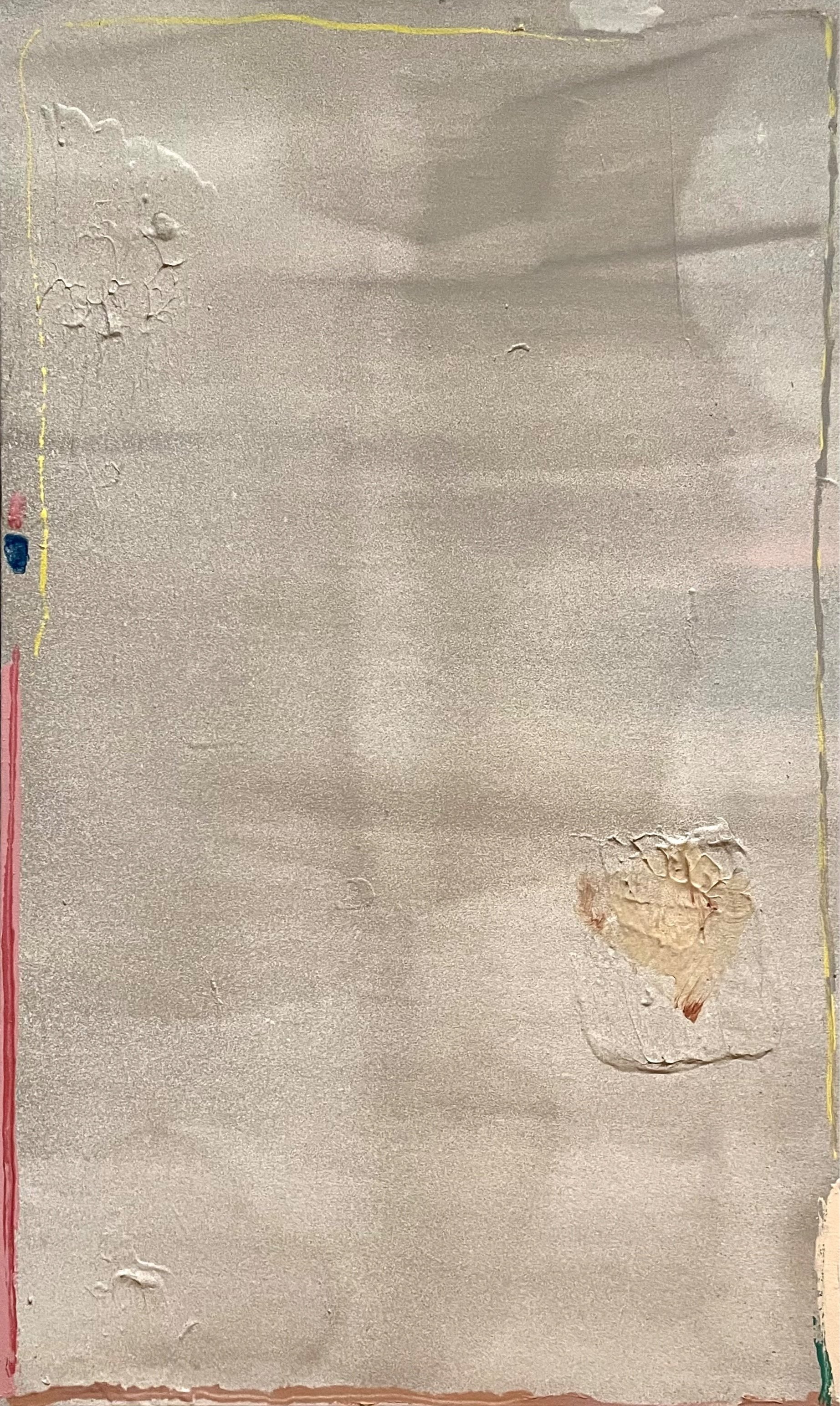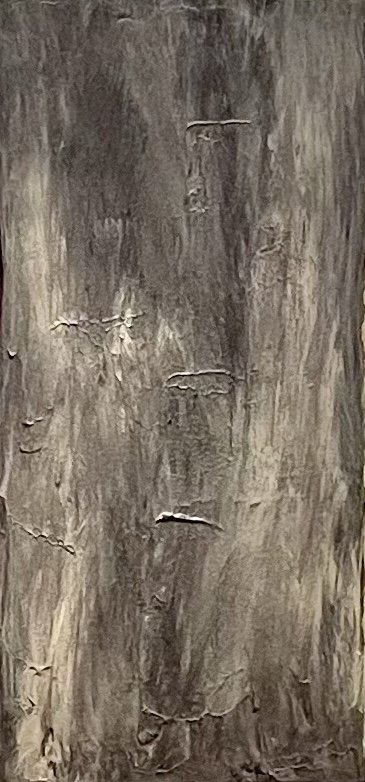As Long As There is Sun, as Long as There is Light @ Searing Galleries, The Ringling Collection of Modern and Contemporary Art
Displayed at the Ringling Collection of Modern and Contemporary Art in Sarasota, Florida, the collection of carefully selected and significant works from the mid 1950s to the late 1990s, gifted from Murray Bring and Kay Delaney Bring, explore the dialectical relationship between painting and sculpture present within the display. Pertaining to different artistic movements, currents and executed in a wide range of mediums, the artworks included in the collection explores the premise of spirituality and nature across the application of colour, light, and space.
The Ringling Museum of Art. Photo Courtesy: The Ringling Museum of Art.
The Ringling Collection of Modern and Contemporary Art attributes its collections to contemporary benefactors and more prominently to the built wealth of the Ringling Brothers.
John Nichols Ringling initially worked in a small touring company of performers (1881) and soon became one of America’s leading circus troupes. In 1907 the Ringling Brothers Circus bought Barnum & Bailey Circus, merging two of the nations most renowned circuses, creating Ringling Bros. and Barnum & Bailey Circus, which generated significant wealth to the family. Ranked the thirteenth wealthiest man in 1925 by Time Magazine, his investments in secondary assets such as oil, real estate and art, a profound interest of his wife Mable Burton, also incurred an added source of their combined wealth. The Ringling hosts one of the most prominent art and cultural collections in the United States. However, the museum first opened on the property grounds in 1935, displaying paintings from the Middle Ages to the nineteenth century, in the hope to promote education and art appreciation along with positioning Sarasota as a world-class destination. Between 2016 and 2018, iconic modern architectural additions – the Ting Tsung and Wei Fong Chao Center for Asian Art and the Keith D. Monda Gallery – to the property were made in order to exhibit contemporary international art and artists working in the 20th and 21st century.
The Ringling Museum of Art: The Ting Tsung and Wei Fong Chao Center for Asian Art. Photo Courtesy:The Ringling Museum of Art.
The larger collection holds a vast display and exhibits a broad spectrum of artistic periods, mediums and techniques depicting differing narratives. As Long As There is Sun, as Long as There is Light is a selection of works from the Murray Bring and Kay Delaney Bring Collection Gift to the Ringling Collection, installed in the Searing Galleries of the institution. The substantial donation was gifted in 2020 by Murray and Kay Delaney Bring to The Ringling’s modern and contemporary collection.
As Long As There is Sun, as Long as There is Light, 2023. Installation view. Photo Courtesy: The Ringling Museum of Art.
As Long As There is Sun, as Long as There is Light, 2023. Installation view. Photo Courtesy: The Ringling Museum of Art.
The exhibition displays a selection of gifted works along with pieces from the collection in symbiosis, curating a dialogue of modern minimalist works. The Searing Galleries display works by Anne Truitt, Gene Davis, Clement Meadmore, Jules Olitski, Beverly Pepper, Rebecca Salter, Kenneth Snelson, Yuriko Yamaguchi, Joyce Vourvoulias, Baruj Salinas, Omar Rayo, Eduardo Mac Entyre, and William Edmondson bringing together international expressions of spirituality, nature, and perception across abstraction, minimalism, geometry, and the investigations of form.
A particular connection arises between the exhibited artists pertaining to the Abstract Expressionist group of the Washington Colour School. Founders of the movement, Morris Louis and Kenneth Noland created the Washington Colour School, an art movement that began in late 1950s in Washington DC and flourished in the 1960s, pushing a more rigid and linear abstract style of painting derived from colour field painting. By employing inventive methods that went beyond Abstract Expressionist explorations of colour and paint application, the Washington Colour School produced simple compositions that elicited energy and tension. Emphasising the two-dimensional surface of the image plane and its absence of subject matter, the artists pertaining to this current were considered the pinnacle of modernism and the precursors to the Minimalism movement. Whilst Washington DC was favouring rigid directives, New York City was promoting gestural expressions of painting. This difference across Abstract Expressionists’ articulation of painting devised by location emerges within the gallery with the dialogue between Gene Davis’s and Jules Olitzky’s paintings partitioned by Anne Truitt’s and Joyce Vourvoulias’s sculptures, from which the exhibition barrows its title.
As Long As There is Sun, as Long as There is Light, 2023. Installation view. Photo Courtesy: Grace Jamieson Bianciardi.
The sculptures in the centre of the room suggest the first divide, posing as complete opposites. The large-scale three-dimensional blue rectangle, Morning Air by Anne Truitt displays the rigidity in lines and nett barriers respected by the Washington School of Colour. Considered a precursor for modern sculpture, Truitt uses a minimalistic literalness and contrast as referentiality to her external world. The use of abstraction synthesises the artist’s perception of people, their presence, location and interpretation, creating a visual grammar unique to her – unmatched in art history – by using colours as a metaphor for ideas. By contrast, Joyce Vourvoulias plays on the effect of illusion, using shapes to create an absent form. Chi Be Quib-Chi Be Zac, is composed by two divided reflective shapes, forming a rectangular outline with a circular opening placed at its centre. The mirror instates the object’s presence in the present space, whilst creating an illusion of a circular void in the middle, recalling a celestial sphere. In addition, Morning Air presents a naturalistic portrayal that is synthesised through rigorous geometric demonstrations, which contrasts with Chi Be Quib-Chi Be Zac exploration of psychological feelings and deceit.
As Long As There is Sun, as Long as There is Light, 2023. Installation view. Photo Courtesy: Grace Jamieson Bianciardi.
Setting the tone, the sculptures initially demonstrate the difference in interpretation of the key themes of the exhibition – spirituality, nature, and perception – across a diverging minimalistic representations.
Furthermore, the paintings investigate this intrinsic divide across a more straightforward visual approach. Whilst the sculptures explore the difference in the thematic representations on a mere interpretational level, the two-dimensional paintings depict distinct expressionist disconnects. Truitt’s rigidness recalls Davis’s rigour, being the first artist to use masking tape as a medium to define painted lines, creating a nett cut between liner dissections of colour. Untitled (1964), exemplifies the use of liner painting using alternate dark tones of grey and black, sectioned by occasional stripes of blue, light blue, red, green and orange. The parallel vertical variations of colour produce space intervals, introducing an illusional rhythm leading to a brief sequence of colour. The use of solid colour, present in Davis’s work, explores the innovative expressions and attempts to create optical vibrations. Davis reinterpreted the use of stark lines by taking inspiration from the work of his predecessor and founder of the Washington Colour School, Morris Louis.
The exhibition shows how abstraction, minimalism, geometry, and form serve as a universal language for articulating intricate subject matters across the convergence of artistic elements. The title, As Long As There is Sun, as Long as There is Light, serves as a poetic thread connecting the works of the exhibition by reinforcing the interconnected themes of spirituality, nature, and perception. The artists create a relationship between art and their environment by capturing the essence of the “natural” in their works. The reference to the sun – elaborates the gift of light and the implication of lack of sight in its absence – creates a metaphysical exploration resonating with the artworks' diverse expressions. Additionally, across the subject of perception, the audience is challenged to re-evaluate the reality of what they see. Unconventional viewpoints and optical illusions partially impair true sight, promoting a discussion on the subjectivity of perception. Each artwork exercises a greater impact when abstraction and minimalism are combined, reducing complicated subjects to the most basic forms and colours. Therefore, viewers are invited to engage with the deeper meanings and connections between spirituality, nature, and perception through the exhibition that provides a synthesised visual narrative journey.
Gene Davis, Untitled, 1964. N.D. Acrylic on canvas. Photo Courtesy: Grace Jamieson Bianciardi.
Gene Davis, King of Spades, 1978. N.D. Acrylic on canvas. Photo Courtesy: Grace Jamieson Bianciardi.
Across the Searing Gallery, the colour field painting movement attributed to have developed in New York City, devises a different outcome of abstract expressionism, across the works of Jules Olitzky present in the current exhibition. The work of abstract artists from the 1950s and 1960s is referred to as “colour field painting” because it features enormous expanses of a single, roughly flat colour. Rambam-10, is the demonstration of the artist's innovative techniques of applying considerable amounts of paint to the large surface using unconventional tools. By applying the paint on the canvas as per Olitzky’s technique, the acrylic paint creates a thick impasto surface, adding subtle texture, followed by an enhanced sense of depth. The artist aimed to create an illusion of “hanging colour” through his gestural expressions of applying paint to the canvas surface. The impression of hanging colour recalls the works of Clyfford Still, with his large patches of layered colour which seemed to geometrically drip from the canvas. Moreover, the two paintings by Olitzky, Darius Memory-3 and particularly Rambam-10 demonstrates the ability the artist had to allure a sense of depth across the encrusted acrylic qualities by utilising a completely monotone palette, with the exception of fine colour lines outlining the canvas.
Jules Olitski, Rambam-10, 1964. N.D. Acrylic on canvas. Photo Courtesy: Grace Jamieson Bianciardi.
Jules Olitski, Darius Memory-3, 1975. N.D. Acrylic on canvas. Photo Courtesy: Grace Jamieson Bianciardi.
Finally, Gene Davis represents the rigid guidelines promoted by the Washington School of Colour, this painting, is highlighted in the gallery space by the centrally placed parallelepiped sculpture by Anne Truitt, assuming the same tone of light blue of the painting. The geometric illusion of Joyce Vourvoulias’s three-dimensional connectors the contingent dialogues of the strict nett application of colour and the dynamic application of mediums present in Jules Olitzky’s Colour Field paintings. Therefore, As Long As There is Sun, as Long as There is Light displays throughout the Searing galleries the different applications of representing nature, spirituality and perception synthesised across sub-movements of the abstract expressionism movement.
The majority of the pieces are currently visible throughout the institution as part of their larger permanent collection of modern and contemporary art. However, As Long As There is Sun, as Long as There is Light is no longer on display in the Searing Galleries as a collected exhibition.
Grace Jamieson Bianciardi
Reviews Co-Editor, MADE IN BED











